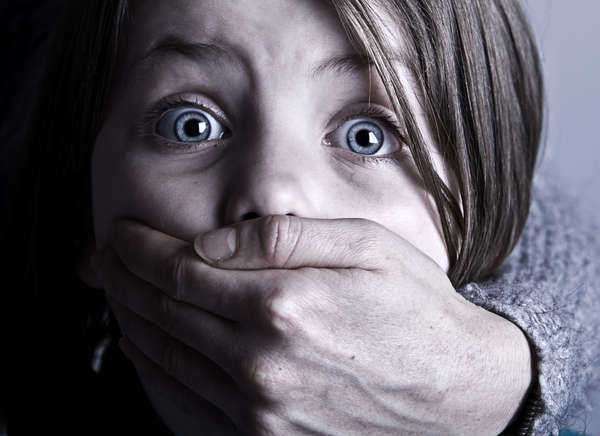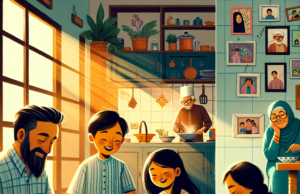
Breaking the Silence: Confronting Physical Abuse
Physical abuse in homes is a harrowing reality that affects far too many individuals and families around the world. It is a deeply concerning issue that requires our attention and collective efforts to eradicate. This article aims to shed light on the gravity of physical abuse, its impact on victims, and the importance of raising awareness, providing support, and creating safe spaces for those affected.
1. Understanding Physical Abuse:
Physical abuse involves the intentional use of physical force to cause harm or injury to another person. It can manifest in various ways, such as hitting, slapping, punching, kicking, or using weapons. The physical scars left behind are often visible, but the emotional and psychological consequences can be equally traumatic and long-lasting.
2. Impact on Victims:
a) Physical Health Consequences: The physical injuries resulting from abuse can range from bruises and broken bones to internal organ damage and even, in severe cases, death. The pain and suffering endured by victims can have both immediate and long-term health consequences.
b) Emotional and Psychological Trauma: Physical abuse not only inflicts bodily harm but also leaves deep emotional and psychological scars. Victims often experience fear, anxiety, depression, post-traumatic stress disorder (PTSD), low self-esteem, and a sense of helplessness. They may also suffer from a loss of trust in others.
c) Cycle of Violence: For many victims of physical abuse, the cycle continues as they may struggle to break free from their abusive situation. Factors such as financial dependence, fear, manipulation, or emotional attachment to the aggressor can make it difficult for individuals to leave the abusive environment.
3. Breaking the Silence:
a) Education and Awareness: Creating awareness about the signs, consequences, and resources available to victims is crucial. Public campaigns, community outreach, and educational programs can help reduce the stigma surrounding domestic violence and encourage individuals to seek help.
b) Support and Resources: Providing accessible and safe avenues for victims of physical abuse to seek support is vital. This includes helplines, shelters, counseling services, legal aid, and advocacy groups that specialize in domestic violence. Empowering victims with knowledge and resources facilitates their journey towards safety and healing.
4. Prevention and Intervention:
a) Early Intervention: Identifying signs of physical abuse early can help prevent escalation and mitigate the harm inflicted on victims. Schools, healthcare providers, community organizations, and law enforcement agencies should be trained to recognize and address potential cases of abuse promptly.
b) Legal Measures: Legislation should be in place to protect victims, hold perpetrators accountable, and ensure access to justice. Stricter enforcement of existing laws and policies can act as a deterrent, providing a clear message that physical abuse will not be tolerated.
c) Empathy and Support for Aggressors: Each case of physical abuse has its unique dynamics and underlying causes. Offering rehabilitation programs, anger management courses, counseling services, and opportunities for personal growth to aggressors can help break the cycle of violence and allow them to become accountable for their actions.
Conclusion:
Physical abuse in homes is a grave injustice that inflicts immense pain and suffering on its victims. It is our collective responsibility to break the silence, raise awareness, and provide unconditional support to those affected. By promoting education, early intervention, and legal measures, we can work towards creating a society that values the safety and well-being of all individuals. Together, we can build communities that reject violence, offer support to survivors, and provide the necessary resources for healing and rebuilding lives.
















